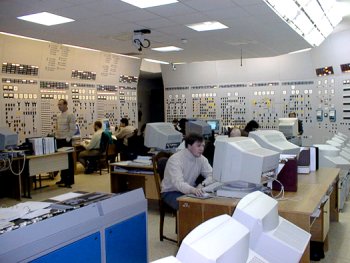 One of the problems with Trading early trading was that his “system” only provided entry signals, leaving the determination of exits to subjective judgment; it was not, therefore, a complete, mechanical trading system.
One of the problems with Trading early trading was that his “system” only provided entry signals, leaving the determination of exits to subjective judgment; it was not, therefore, a complete, mechanical trading system.A complete, mechanical trading system, one that can be tested and employed in a totally objective fashion, without requiring human judgment, must provide both entries and exits. To be truly complete, a mechanical system must explicitly provide the following information:
1. When and how, and possibly at what price, to enter the market
2. When and how, and possibly at what price, to exit the market with a loss
3. When and how, and possibly at what price, to exit the market with a profit


























